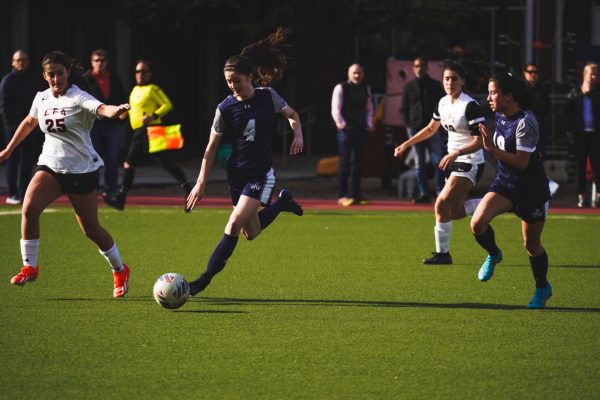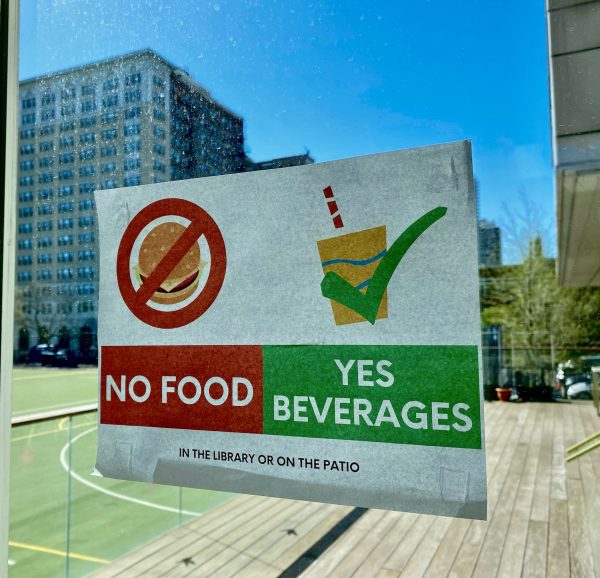Change In to the Middle School
As the class of 2025 moves through their final year before entering intermediate and middle school, students and faculty members alike are looking to the coming transition with a heightened level of uncertainty.
Beginning this year, select incoming middle school students who qualified for the Learning Resources (LR) program, a program that aims to help students with learning differences achieve success in the classroom, will no longer have the option to omit Spanish from their academic schedules as in previous years.
In the past a select few MS students in LR have separated from their classmates and met with their LR teacher in place of their regular Spanish class.to receive study strategies and to preview and review curriculum.
But Middle School teachers value the language learning experience–and believe it can work–for all students, according to Elizabeth Villagomez, Seventh Grade Spanish teacher. “We are all here to best support our students and taking a language class is no different than taking a math or science class,” Villagomez said. “I think what matters is that they’re all having the same collective experience so that they don’t miss out on something that is important and valuable. I think that was one of the reasons we really felt it was important for all of our students to be in a language class and to feel included.”
Qualifying students currently in the middle school have been grandfathered in–they may still get the foriegn language requirement waived based on their academic needs–but have been encouraged to take part in Spanish if they so choose, and one student has.
Ultimately, after consulting with the Language Resources department, Languages and Cultures Department, Middle School Leadership Team, the Admissions Office, and the needed grade heads, John Novick, Head of the Intermediate and Middle School, made the decision to change language exemptions in the middle and intermediate school. “Children who have gone back into Spanish are doing well,” John Novick, Head of the Intermediate and Middle School said. “In the beginning, they were understandably nervous. They were not sure if they could do it, but because the teachers are really doing a fine job meeting them where they’re at, they are doing well now. Although it was challenging at first, they have worked through it.”
According to Novick, the old exemption policy impacted around 12 students out of 325 over five different grades. Most students who chose the exemption will continue to use it through eighth grade.
The Spanish curriculum will remain untouched, and how the material is presented and assessed will be tailored to each individual. As appropriate, and in order to help all students perform at their highest ability, teachers are exploring such modifications as: testing students orally rather than making them take traditional written tests, including word banks on assessments, and providing notes to students.
Currently, students in the seventh grade are practicing various Latin dances in preparation for the traditional Latin dance MX in which students display their understanding of Latin culture and language through song and dance. “One of the examples that really stands out to me is when we do Latin dancing in the 7th grade, I have to invite them, which probably feels a little awkward,” Villagomez said of students in LR. “They’ve never been in the class before.”
But Villagomez sees the value of inclusion. “But at the same time, if they’re not invited to go through this process,” she said, “and they’re the only ones who don’t get to be involved, how awkward would that be to have 95% of the students participate in such an event and then 5% don’t, and why should they miss out on something that they could easily partake in?”
According to Novick, enrollment in the high school French Cultures class will not go down. With this new change, it’s likely that numbers will remain the same. Cultures will remain an important part of the high school language program seeing as students both who have participated in Spanish classes for the past 10 years and those with existing accommodations.
The change to the Middle School is in line with Parker’s commitment to cultural competency, according to Novick. “The projects that they do are enriching in terms of learning about culture and other people’s identities, about the world, and about the city,” Novick said of the Spanish teachers. “1.5 million Chicagoans speak Spanish, so the chance for all Middle School students to learn some of those skills and cultures matters to us. And the practice in language acquisition will also help them in Upper School.”












